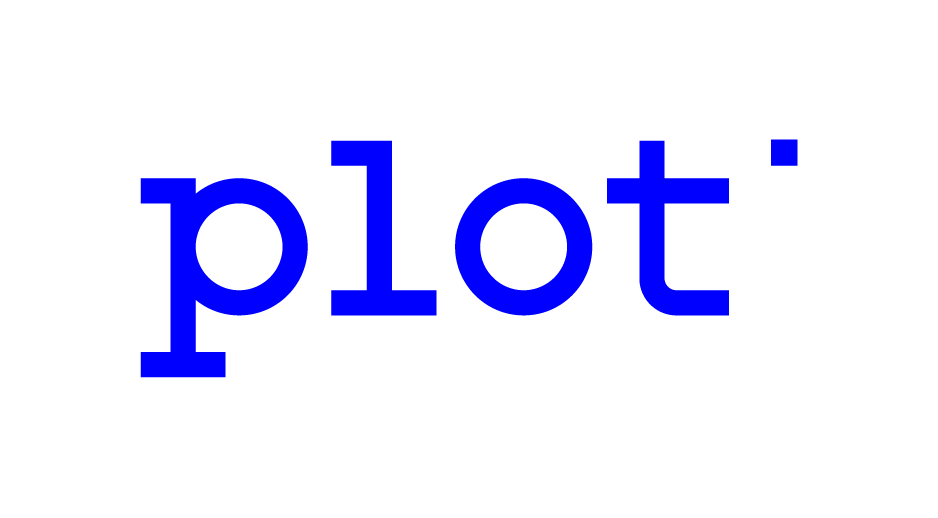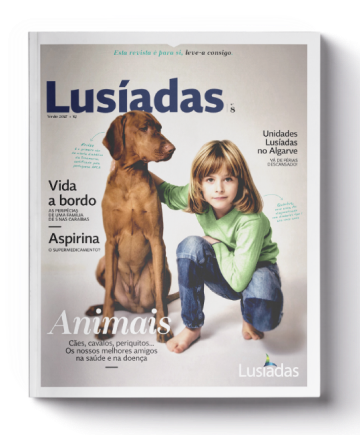People are brains and heart, but rational choices are hard to make when emotion sits beside. See how brands and marketing can fine tune their digital experience and dive in the avant-garde skills of UX writing to craft emotion-first content.
“The humans err, and it’s predictable that they do so”.
Actually, they do it very often. Richard Thaler, one of the groundbreaking behavioral economists, not only explains that everyone has a potential Homer Simpson hiding inside in “Nudge”, but also reinforces the work of psychologists turned marketing gurus like Nobel Prize laureate Daniel Kahneman, pioneer of a two systems brain in “Thinking, Fast and Slow”.
Brain is divided in two systems, two different worlds.
At least, when it comes to decision-making and choice. Think about the decisions you take on a typical day. You lock your door so intuitively and login in some of your favorite apps so easily that sometimes you go back to see if the door is actually locked or you can’t remember your password when the phone restarts. These are the actions you take without judgement and consideration – the automatic system 1. At other times, you have to recall a phone number you just dial once in a while or you have to sum up your grocery prices to check if you have enough money in your pocket, actions that ask some effort, attention and consideration – the reflexive system 2.
One brain, two personalities
If brain twin systems have an “About”
Yes, we’re not so rational when it comes to decisions as we pretend to be. That should be part of the equation whenever the job to be done is related with a digital interface and a user experience.
How emotions take the lead?
If emotions make choice less ponderate and rational, we should acknowledge some biases when designing the digital experience. Design and word options need to be in line with habits we even do not notice in ourselves.
Cognitive ease and consistency
Jakob Nielsen, pioneer of usability and founder of Nielsen Norman Group has a great point about being consistent: “Consistency is one of the most powerful usability principles: when things always behave the same, users don’t have to worry about what will happen.”. Uber, Bolt, Kapten and other gig economy players know that consistency matters when people change from one experience to another, from one of their apps to the contender. One single question, simple and similar word choice, and default destinations are all part of a look alike experience. If you know how to use one, you know how to use all.

Rewards and habits
People react positively to benefits and rewards. BJ Fogg, a Stanford University behavior scientist, and author of “Tiny Habits”, makes it clear in his book: “There is a direct connection between what you feel when you do a behavior and the likelihood that you will repeat the behavior in the future.” But if we give everything at once, we won’t be able to create a long relationship with a client or prospect. Use content to make it a progressive process or translate the benefits into material gains and it will create a bond or a habit.
Halo effect and exposure
We tend to like everything about someone or something because we increase the weight of first impressions. Test yourself: Imagine that you are hiring a digital marketing specialist and someone sent you a shortlist of the two outperformers.
WYSIATI and framing
We jump to conclusions very easily and assume that what you see is all there is (WYSIATI). What matters is consistency, not completeness of the story. Framing is very effective when dealing with this emotional bias. People tend to get the disposable information and treat it like the full scenario. That’s why we should focus on the positive side of a benefit.


Hick’s law and options
We’ll be confused with a number of options that surpass the reasonable number of options to choose between. Less is more is an adage you won’t find in the majority of insurance tools designed to deliver a quote. Not only brands are not targeting the ease and automatic system, they’re asking too many things in advance and making reflexive come in and realize that it’s not fair to ask so much for so little. Tools like insurance quote calculators give us some of the extremes when it comes to mental (and sometimes physical, if the information asked is not near) effort.


Priming and influence
Imagine that you are wandering around the supermarket shopping for wine. Nathalie Nahai’s book “Webs of Influence” has a curious study about conversion and decision-making in this same context. In one experience, researchers played French and German music in a supermarket and came up with a weird conclusion. When they played French music, French wines sold more, when they played German songs, German wines led. This is what priming is, an influence of something you’ve just experienced in your normal behavior.
Online, you’ll find many examples of priming: a homepage of a private school with pictures of early age kids when it goes up until secondary level or a signup page telling you more than needed and talking about a very sensitive priming topic, security.

Mirroring and comparison
We like to compare our performance and replicate others actions. If we track a goal or achievement and compare it to the community the reward is higher and more pleasant. The Elevate app (Apple 2014 app of the year) is a clear example of mirror behavior that it’s the foundation of gamification. Besides being a great app for mental and soft skills training, you can compare yourself with the community and let the dopamine flow.


UX writing and UX content: designing emotions with words
Digital marketing strategy has a lot to do with emotions. Empathy maps, personas, customer journeys and tone of voice is all about people and traits of personality. We can study deep these behavioral biases, as we do natively at Plot, and make people our valuable asset. In fact, knowing about people is knowing about experience and that’s why UX (user experience) has seen a sharp climb during the last years (Lexus UX model should be also selling pretty well, by the way).
In addition to the wireframes and information architecture that result from User Experience work (which can be done by a UX designer or by someone outside the discipline with skills in this area, such as a Strategist), there are language and messages that support the “design ”. And if there is a need for instructions and written communication, there are words. This is where UX writing comes in, and since 2018 UX writing is getting more and more attention.






Make it Conversational
Jakob Nielsen, pioneer of usability and founder of Nielsen Norman Group has a great point about being consistent: “Consistency is one of the most powerful usability principles: when things always behave the same, users don’t have to worry about what will happen.”. Uber, Bolt, Kapten and other gig economy players know that consistency matters when people change from one experience to another, from one of their apps to the contender. One single question, simple and similar word choice, and default destinations are all part of a look alike experience. If you know how to use one, you know how to use all.
Keep it Short
People don’t read. Forget it. They scan the pages quickly. So, we have just a few seconds and few words to catch their attention (according to Nielsen & Norman Group people read only 20% of a webpage).
Clear the path
Audit every word. All the effort should be put in making things clear. Where am I, what can I do here, how can I move forward and what will happen next are the questions to be answered in each screen of your phone or page of your desktop. And being more polite is not being more effective and intelligent, as this study of Daniel Oppenheimer of Princeton University suggests.
Find the purpose
Short and clear it’s great. But people need to feel that the experience is exactly for them. UX writing has to define the purpose of any task flow or action. We have to write down all the goals of each task or action in order to create the best solution for UX content.
UX writing & Microcopy
UX writing delivers copy and words. The tiny sentences and word choices in buttons, CTAs, links, placeholders, error messages and information architecture are all examples of microcopy. But these tiny pieces are just a part of a large puzzle that is the user experience content that is also responsible for email, notifications and other text that make people feel comfortable with the experience.
At Plot we are casual, irreverent, expert, humorous and provocative, and that emerges in our website.
Let’s get emotional
User experience exists for this moment: accomplishment (or conversion). People’s behaviors and biases make it less rational and more emotional. Knowing the limits of the brain and what makes people prefer an easy-going process of decision-making is important to design messages and experiences more human, friendly and conversational. UX Content or UX writing is the discipline of content we can use to elevate our writing experience from the shortest of the words (CTA or labels) to the friendly and useful of the notifications that reminds you “today is someone’s birthday” on every social media platform.
Fine tune your content for a great journey across all the touchpoints of your brand and never forget Maya Angelou saying: “People will forget what you said, people will forget what you did, but people will never forget how you made them feel.”




